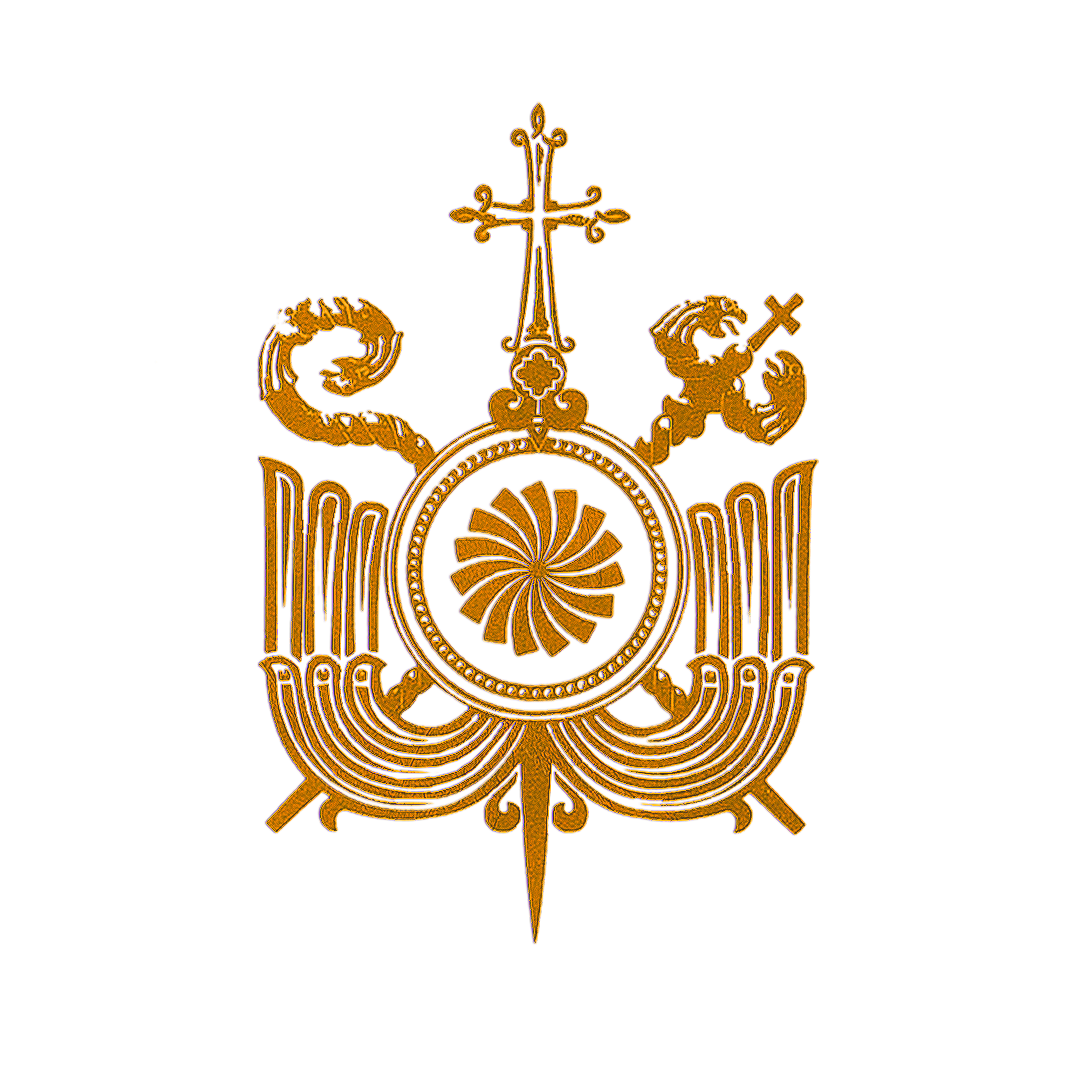Horeka or Glkho Monastery
Martakert Province, Talish village
Glkho or Horeka monastery is located on a wooded hillside 4 km south-west of the Talish village of the Martakert region. It consists of a church, a vestibule, a bell-tower, a large cemetery, a guest house and ruins of other constructions. The church and the vestibule have simple and plain architectural layout. The walls are built with rough limestone, and the boundaries of the windows and entrances are built with smooth stones. The church is a single-nave structure, the double slant nave roof of which rests on the walls. The rectangular prayer gallery has a very old and unusual form. According to the inscription on the semicircular facade stone of I the entrance, the church was built by Hovhannes in 1279. Hovhannes also built the vestibule (in 1284), the layout of which has almost square composition. There are numerous khachkars fit into the walls of the church and into the walls of the vestibule inwardly and outwardly. The bishops, priests and deacons are buried in the vestibule.
The bell tower was built in the XVII century. It is the small construction attached to the vestibule form the west.
The large cemetery is found in the territory of the monastery, which was originally the dynasty mausoleum of the Meliks (princes) of Gyulistan. The oldest tombstone is that of Melik Abov, dated 1632, the founder of the Melik Beglaryan dynasty of Gyulistan. And to the north-eastern side of the monastery, there is the guest house, with two adjacent-built nave roof-covered constructions. To the north of the monastic complex, about 100 - 150 m away, stretches the palace of Melik Beglaryans of Gyulistan, perhaps the best-preserved monument of the palace architecture of Artsakh, which is composed of j a number adjoining remarkable nave roof-covered and tower-shaped constructions, which were built in early second quarter of the XVIII century.
Bibliography
«Diocese of Artsakh» (2009), Erevan, 411 pp.




